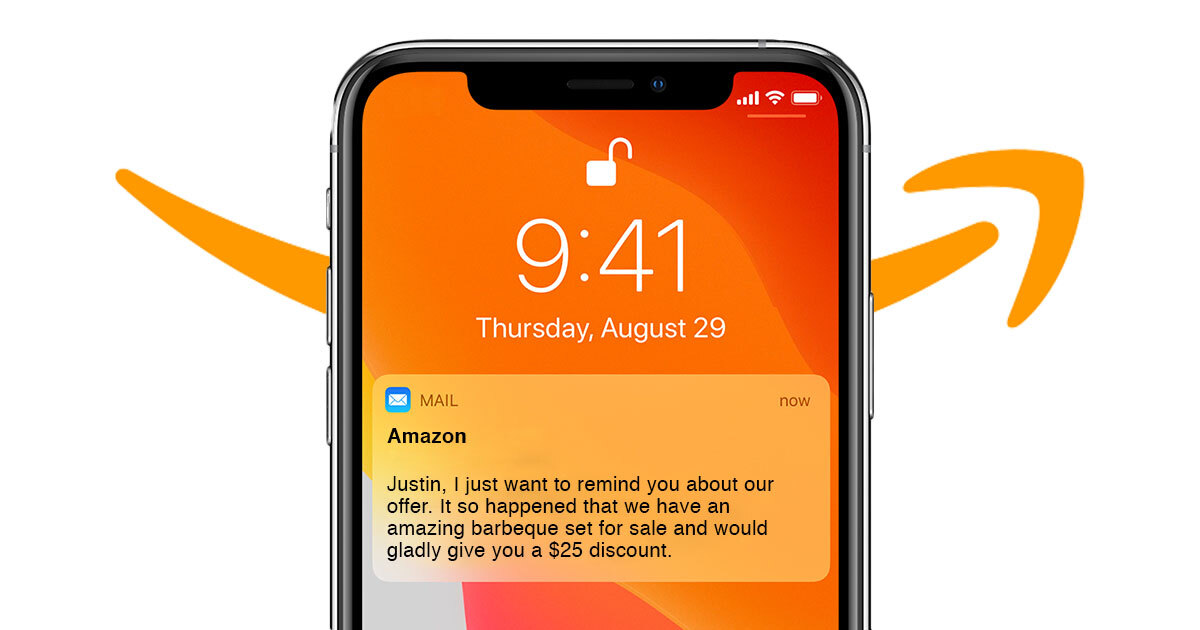Amazon is loosening its grip on customers
Amazon is testing a new feature for sellers that will let them contact customers directly by email to notify them of things like new product announcements or sales.
It’s a major change from Amazon’s current policy, which is to limit the amount of interaction between customers and companies that sell on Amazon, outside of resolving things like returns or order issues.
The new “Manage Your Customer Engagement” tool won’t let companies just spam previous customers with promotional emails. They’ll only be able to contact Amazon users who have specifically chosen to follow a particular company, and Amazon (not the sellers) will be the one to actually send out the emails, writes TheVerge.
Crucially, Amazon isn’t giving sellers blank-check access to customers’ personal contact information. Rather, Amazon will tell brands how many customers have opted to receive the emails, along with performance metrics for the campaign (the specifics of which haven’t been disclosed at this time) but not the names, information, or email addresses of individual customers.
The new email campaign option is a free service for sellers, but it’s only available to brands registered through Amazon’s Brand Registry program.
More Amazon news

How can New Year holidays in the US and Canada affect cargo delivery dates
Customs and shipping companies working schedule during the New Year Important information for more accurate forecasting of cargo processing speed in the US and Canada during the New Year holidays. Please note that Customs and shipping companies will not work during...

Major shutdowns in China due to new COVID outbreaks
Multiple companies in Zhejiang province have suspended operations due to COVID-19 outbreak, halting production of goods from batteries and clothing to textile dyes and plastics. Zhejiang is one of China's biggest and busiest manufacturing hubs. The local government...

Amazon is using sellers as a cash cow
Amazon collects a third of seller revenue A new study claims that Amazon makes far more from fees on its Marketplace platform than even the cash cow known as AWS, reports TechCrunch. According to the report by the Institute for Local Self-Reliance, sellers now give...


